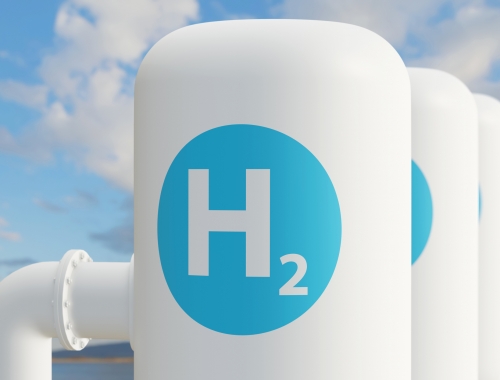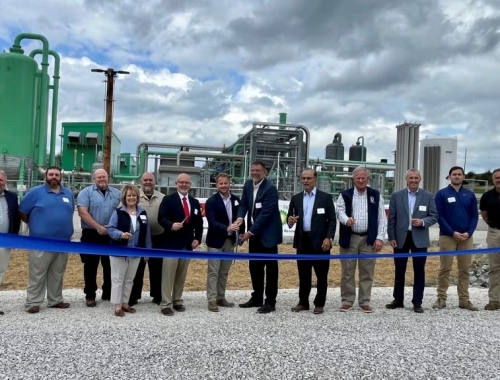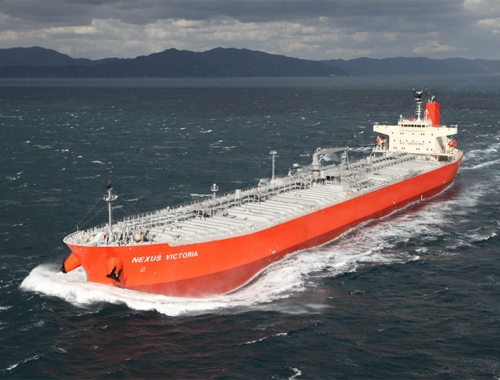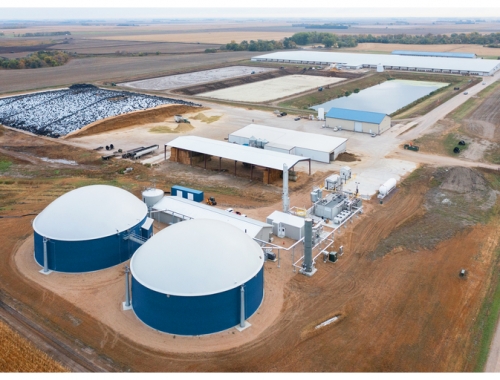Canada not a major threat from methane leaks – report
SUMMARY
Challenging areas include Russia, the Middle East and the US. [Image credit: Kayrros]
By Dale LunanA new report November 17 from BMO Capital Markets suggests rhetoric surrounding Canadian methane leaks is overblown and the country’s oil and gas producers do not represent a significant source of global methane emissions.
The report, Methane Back in the Spotlight, references plaudits offered to global major Chevron for its performance in reducing its methane intensity by 50% since 2016.
“While Chevron’s results are impressive, we emphasise that many Canadian E&Ps have already outpaced it and are on track to meet one of the world’s most stringent reduction targets of 75% by 2030,” the report notes.
A regulatory framework to achieve that level of reductions was released earlier this week for comment by the Canadian government.
At the same time, BMO says media reports of a sizeable leak detected in September by satellite monitoring firm Kayrros along the Alberta-Saskatchewan border contribute to the rhetoric surrounding methane emissions. The presence of that leak, media reports said, implied holes in Canada’s management of methane emissions.
“We disagree with the inference,” BMO said. “The event was based on data from a single orbit and was just the third release noted in Canada this year.”
To put a single leak, observed on a single satellite pass, in context, the report said, the International Energy Agency (IEA) listed 70 countries that had methane leaks in 2021, only 15 of which were statistically significant, and none of which were Canada.
“Canada is not a major source of leaks, has low reporting error to satellite estimates, and astute oversight that makes it better prepared,” the BMO report notes.
While the presence of major methane leaks grabs headlines, the report suggests that more importance should be attached to the direction of efforts to reduce methane emissions, both in terms of intensity and in absolute terms.
Many Canadian exploration and production companies – led by gas producers Tourmaline Oil and ARC Resources – have already lowered their methane intensities by more than 60% since 2016, and the Canadian oil and gas sector on average has reduced its methane intensity by 19% since 2016, outpacing the 14% reduction measured across US producers.
At the same time, producers in both Canada and the US have reduced their absolute emissions since 2016, by 37% for Canadian companies and by 32% for their US peers.
“Based on the IEA’s methane tracker and Kayrros Level 3 satellite data, Canada is not identified as a major source of consistent methane release, particularly major leaks,” the report said, noting the world’s major “challenge areas” are in the Middle East, Russia and the Former Soviet Union (FSU) countries, Latin America and the US.
“We believe that a single release event does not change the fact that Canada and its producers have among the most progressive methane emissions reduction plans of any country, including a regulated 75% reduction target by 2030,” the BMO report concludes. “If there are significant leaks detected – as we expect will occur almost anywhere from time to time – in Canada they would most likely be identified and fixed, while the same cannot be said about many competing regions.”





